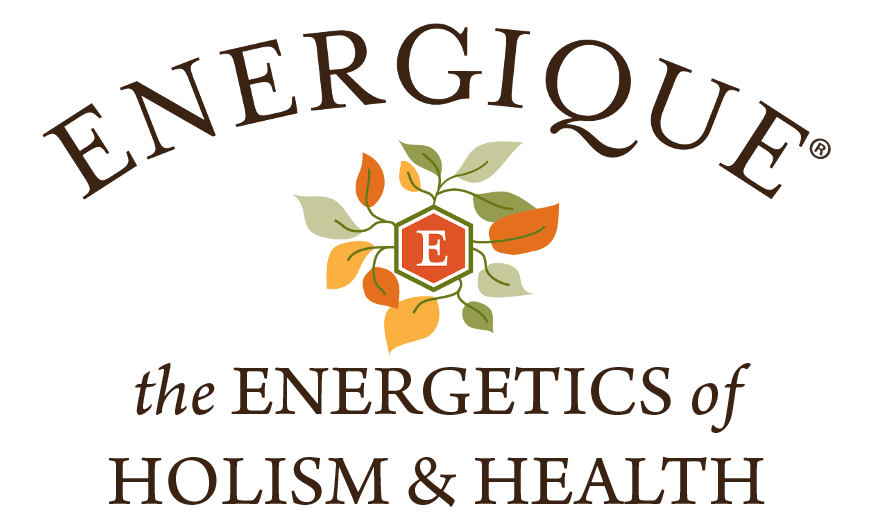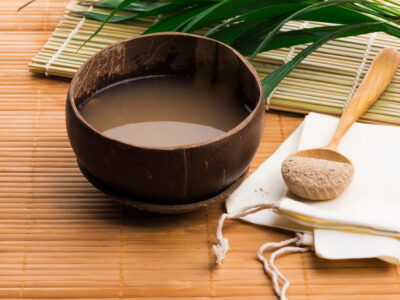There is no longer any debate about whether we are in an epidemic of loneliness, rather the arguments tend to focus on which group or subgroups are being hit hardest. The modern dwindling of opportunities for real social interaction, especially since 2019, is believed to be a major contributor to increasing mental health problems, including anxiety, and seems to be affecting almost everyone. In modern times, there is an increasing need for supplements not only to support mental health, but also to promote healthy social interaction. Kava (Piper methysitcum) is a well-researched herb to promote relaxation whose traditional use is steeped in social ritual, but whose reputation in modern times has been somewhat damaged by concerns over its purported intoxicating effects and potential liver toxicity. Like with so many herbs, the true actions and safety profile of kava have been maligned through prejudice, reactionism and misinformation, but the good news is these concerns have been falling away as a better understanding of kava emerges, as not only one of the most potent relaxing herbs but as a safe way to facilitate social interaction.
With many young adults trending away from alcohol as a social lubricant, there is growing interest in alternatives around which to center social gatherings. As far as beverages go, kava may be perfect for this role, as its primary traditional use was to promote relaxation and facilitate social interaction on the Pacific islands where it grows. In places like Vanuatu, Fiji, and Samoa, kava is considered a sacred plant owing to the fact that it is sterile and cannot self-propagate. Kava can only grow where it is planted from cuttings, and is believed to have first been planted on its native islands by the gods. Whether or not this is true, a simple beverage made from kava roots (by soaking them in water) is revered by indigenous peoples both as medicine and as a way to relax and promote social interaction. The parallels between the social use of kava in the Pacific and alcohol in the west are such that kava has been compared to an alcoholic beverage, in the process acquiring by association a similar reputation as alcohol. This includes an association not only with alcohol’s benefits, but also its stigma, including liver toxicity. But this association may be false, and the stigma undeserved.

The unfair maligning of kava possibly began with its initial discovery by the west, when misassumptions were inscribed into the plant’s very botanical name. The outside world’s first exposure to kava came during the Pacific voyages of English sailor Captain James Cook, in the late 1700s. Having observed the traditional use of kava, the ship’s naturalist Johann Forster named it Piper methysticum, or “intoxicating pepper” in reference to the intoxicating effects of its signature beverage, likened to the intoxication of alcohol. However, this may have been an inaccurate description of kava’s true effects.
In modern times, ethnobotanists and cultural guardians from the Pacific islands have sought to challenge and overturn kava’s association with intoxication. Although kava is brewed on the islands into a popular beverage used for relaxation, and although recreational “kava bars” have appeared in the west, many users familiar with kava’s effects will claim that while it promotes relaxation and even pain relief, it does not produce intoxication in the same way as alcohol. Indigenous peoples, academic experts, and even recreational enthusiasts assert that kava does not produce the euphoria, disinhibition, or loss of coordination associated with alcohol intoxication. Having once consumed quite a lot of kava tea myself, I can attest that it does not produce drunkenness or the pleasurable buzz of alcohol. How much fun one has on kava has more to do with one’s milieu than the beverage itself, and unlike alcohol, it is difficult to enjoy kava alone: while definitely relaxing, it can become somewhat boring. There was also no clouding of judgement or the ability to generate ideas, after having ingested kava.
Beyond simply creating confusion about its effects, comparing kava to an alcoholic beverage may have created other negative and unintended consequences. First, it may have cheapened the herb’s therapeutic potential, likening its relaxant and pain-relieving qualities to that of a narcotic, or even a drug of abuse. This creates a certain stigma around using the herb as a supplement to promote relaxation, as if one is irresponsibly masking unpleasant feelings rather than promoting greater wellness holistically. It is also worth noting that kava has been used as a traditional medicine for more than just mood effects. While western researchers have explored it as a potential alternative to benzodiazepines, or potentially an agent to help mitigate withdrawal, indigenous users employ it for a variety of ailments. While not yet fully explored, it may have important antibacterial and antifungal properties. The stigmatizing comparison to alcohol use may also have contributed to what nearly ended kava’s use in the west: fears of liver toxicity.
Kava’s popularity as a calming supplement took a huge hit following reports of possible liver injury in some users, and it was even made illegal in Germany for a time. As with so many herbs before it, a case ensued of a native botanical with a long history of safe use within its traditional culture suddenly causing problems in select Western populations. Isolated cases of liver injury associated with kava do exist, primarily in association with ethanolic extracts and in patients taking a variety of other herbs or medications. A quest ensued to find out exactly how or why kava is toxic to the liver, even as the notion that it is became widely held. However, the various toxicity studies do not suggest that kavalactones, the active constituents responsible for kava’s calming effects, are harmful to the liver. What exactly is in kava that can harm the liver remains a mystery. Because indigenous populations primarily consume kava as a beverage extracted in water, it was initially supposed that some toxic principle must exist that is only extracted in ethanol, but then further research uncovered cases of hepatotoxicity with water-based extracts as well.
Although the issue is unresolved, a leading theory holds that kava is not actually hepatoxic, but rather the dried herb is occasionally susceptible to the growth of toxic molds, which can contaminate some kava products. High levels of aflatoxin, a common crop contaminant produced by certain mold species, have been detected in some kava products associated with adverse events, with concentrations highest in ethanolic extracts. This suggests that kava itself is not harmful, especially if gathered and consumed relatively fresh as it would be in traditional settings, but that products made from improperly harvested or stored kava may be at risk of contamination with aflatoxin, and therefore pose concerns of hepatoxicity. Another possibility is that adverse event reports blamed on kava were actually due to other herbs or medications. While it is prudent to exercise caution with kava where the liver is concerned, whether it is truly hepatotoxic remains in doubt. Even herbs like turmeric have been blamed for causing liver damage, so it is wise to do one’s own research before drawing conclusions.
Kava is an herb that could benefit from a resurgence in the modern world, as one of the best uses for kava may be to support relaxation in social settings, especially in people who may experience occasional bouts of social anxiety. Many people today, especially many young people, have claimed autism-spectrum disorders or various degrees of neurodivergence to explain their discomfort in social settings, or justify their avoidance of social interaction. While it is important not to downplay the true prevalence of these disorders, it is also important not to over-diagnose them. What many people fail to realize, especially young people who were raised during lockdowns and with the internet to replace much of their human interaction, is that social skills are in truth skills, and must be developed through regular practice. There is an inherent discomfort that everyone experiences while engaging in something they are not yet good at, which gets magnified when one is forced to do so in front of others. Socialization is unique in that it is a skill that by definition must be practiced in front of others, and the strong discomfort or even fear that some people feel when attempting to socialize may be less reflective of a mental disorder, and more a natural consequence of having yet to master the skill of socializing. As this fear will naturally discourage the individual from gaining further practice, it can create a vicious cycle where a person’s social skills only further behind those of their peer group, until normal socialization feels impossible.
The relaxing properties of kava, especially within its traditional context of facilitating clear-headed social intercourse, may prove a valuable tool for helping those who have fallen behind in developing social skills, as they begin to acquire the practice they desperately need. As holistic practitioners, we understand that herbs should not be used to mask symptoms, but to heal the individual on a deep level, and kava may be able to do this not by narcotizing an individual to endure social interaction but to serve as a bridge through a phase that can break the cycle of avoidance and lack of development leading to more avoidance.


 When to Address Miasms in Homeopathy
When to Address Miasms in Homeopathy